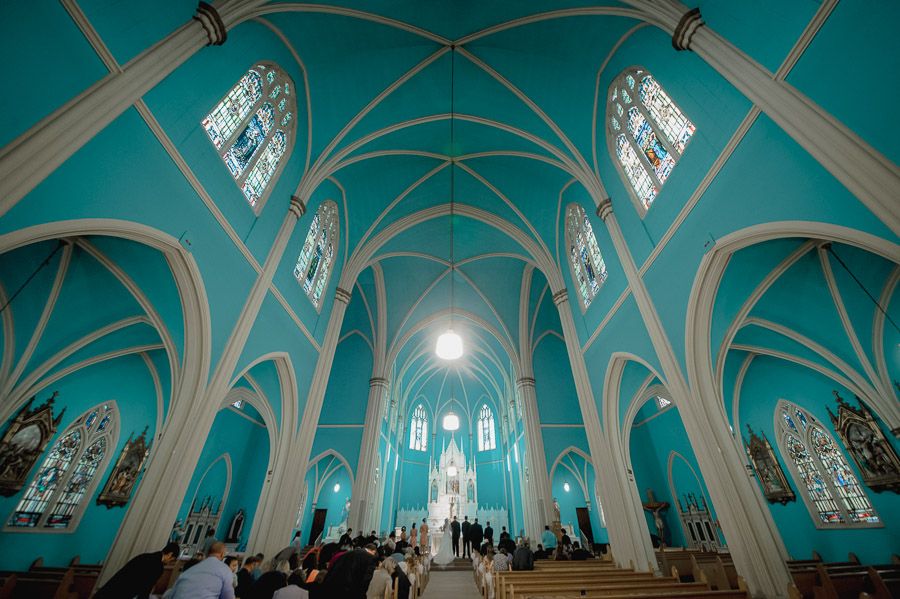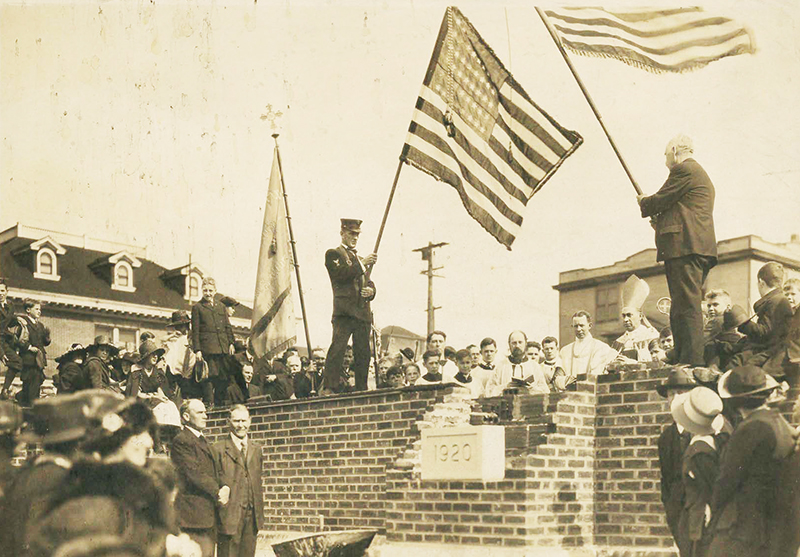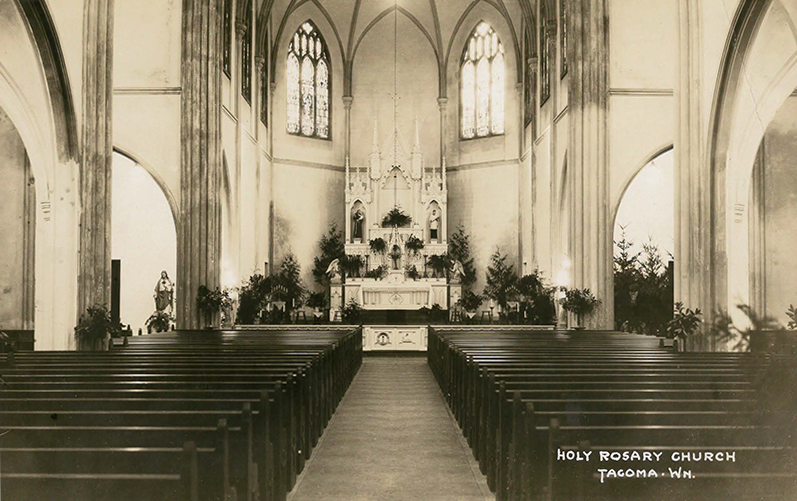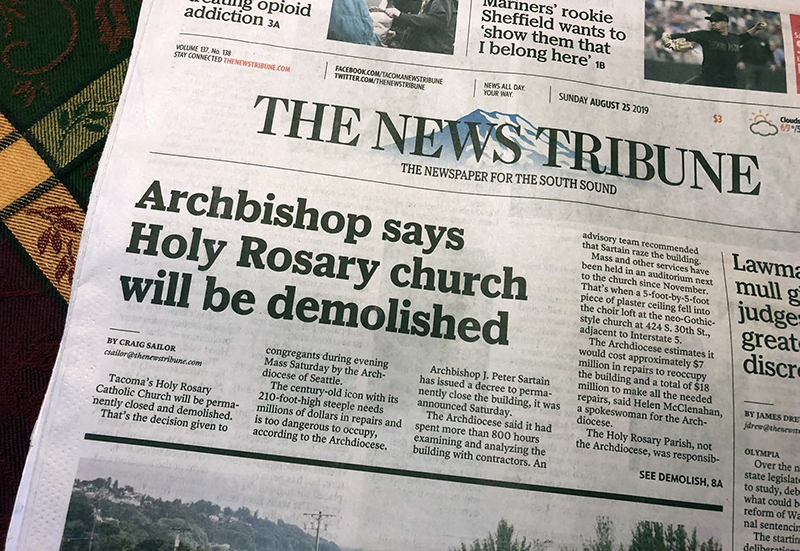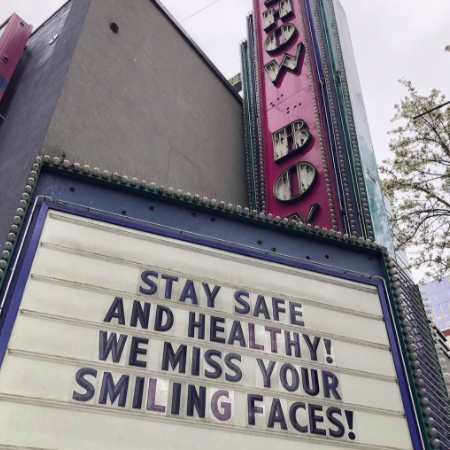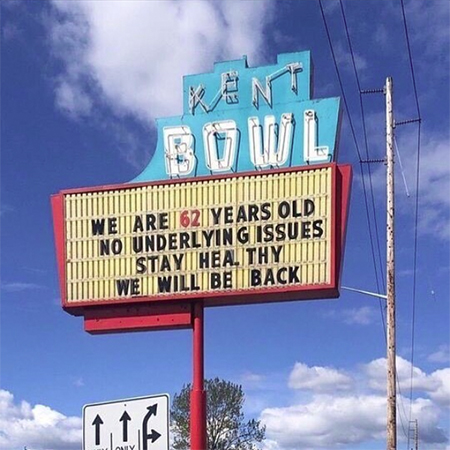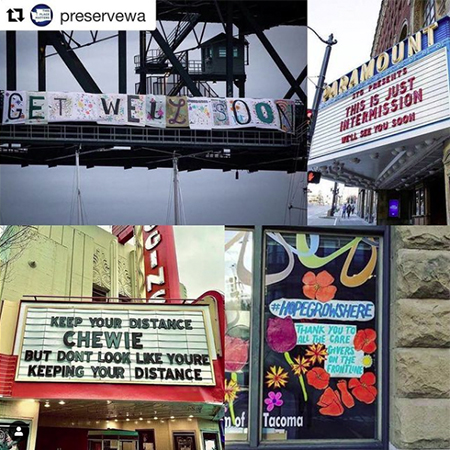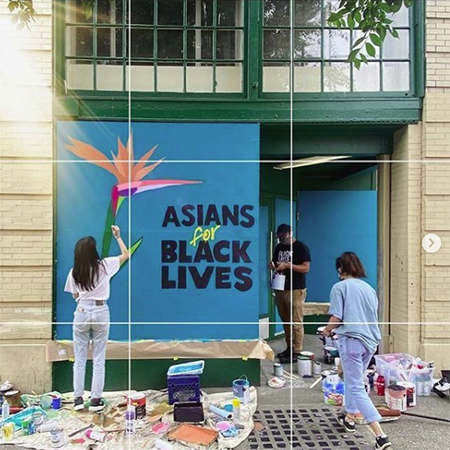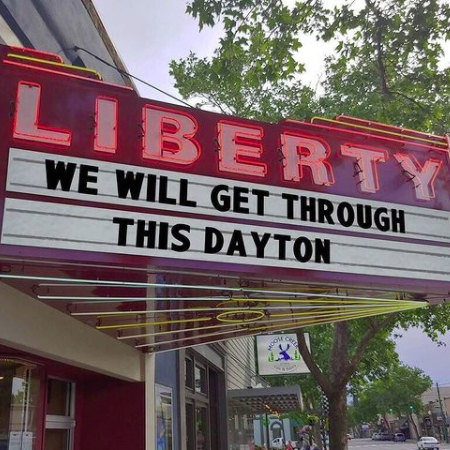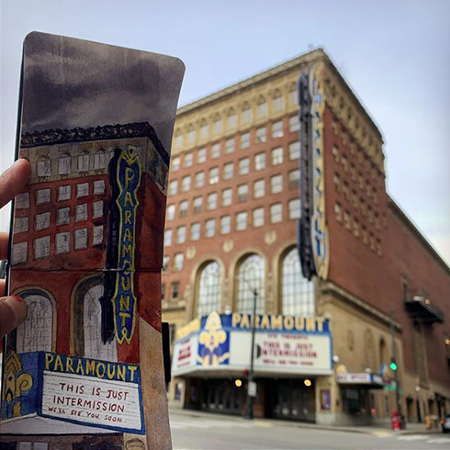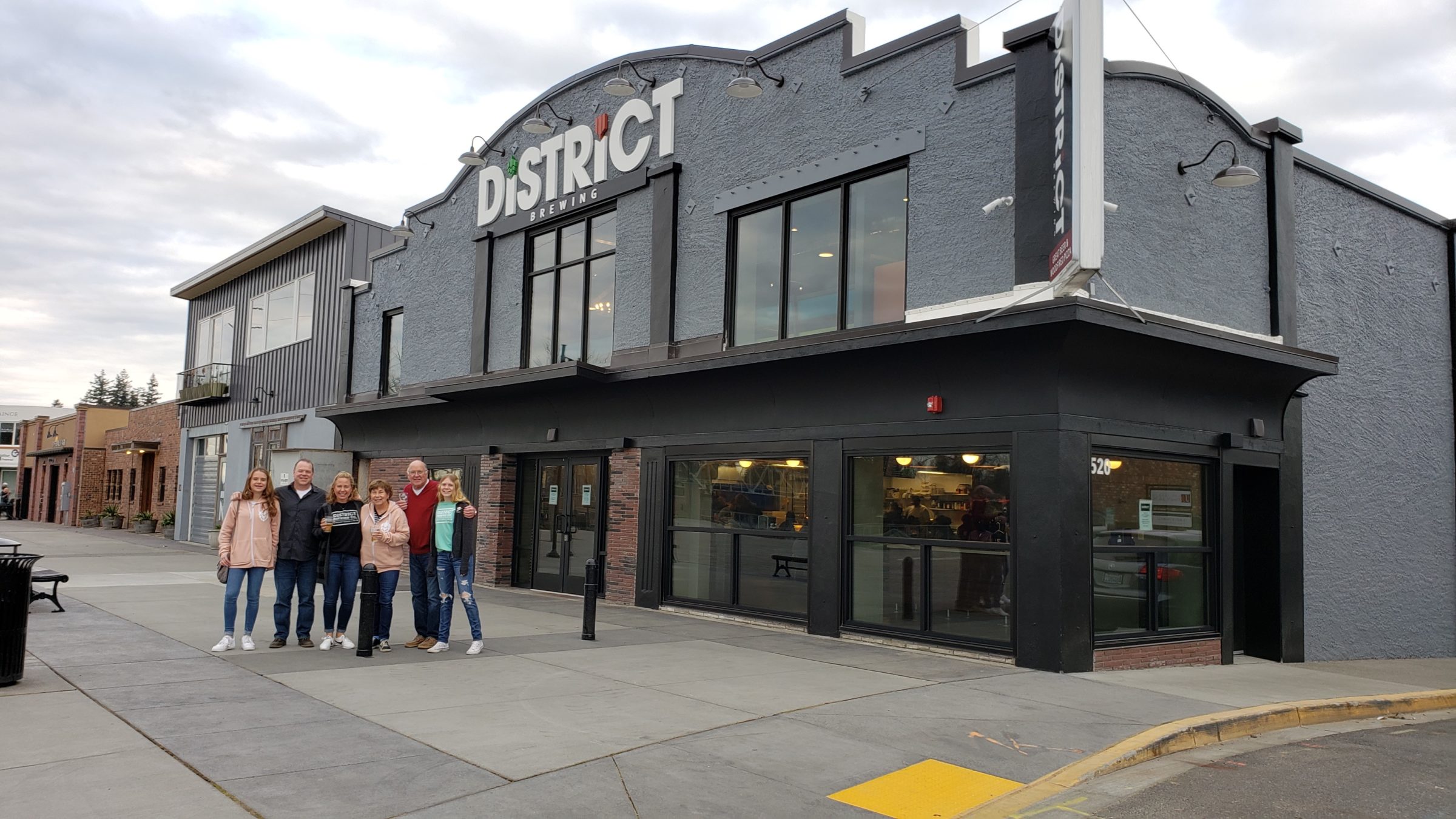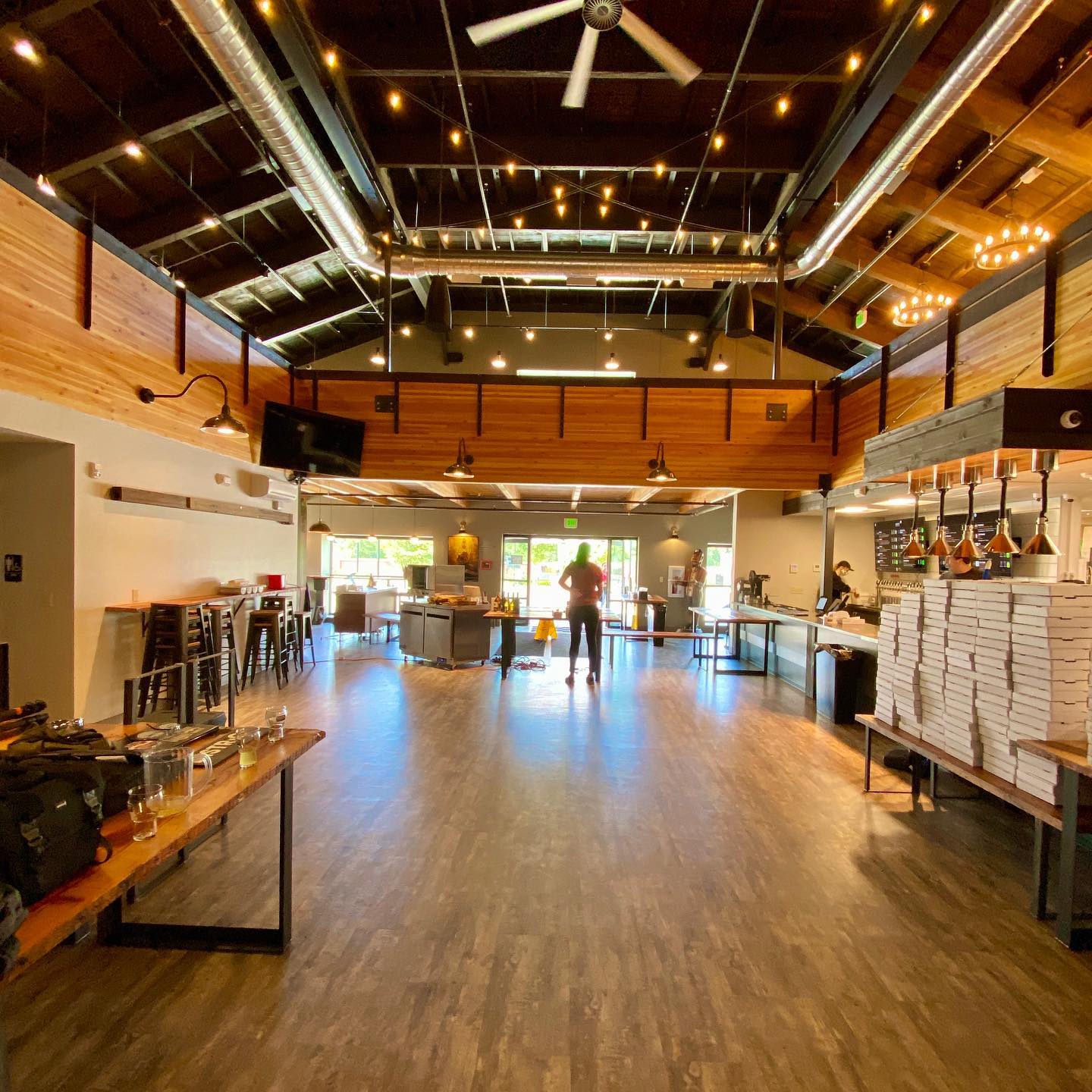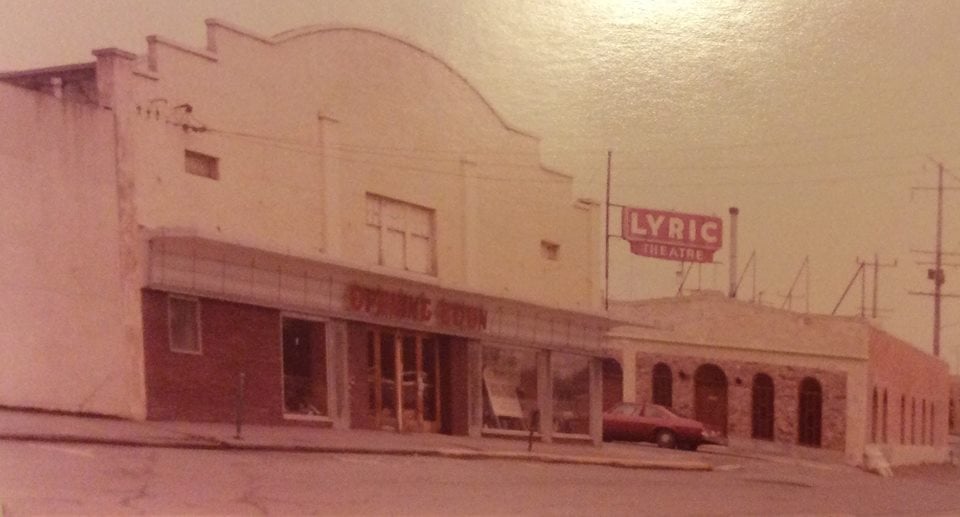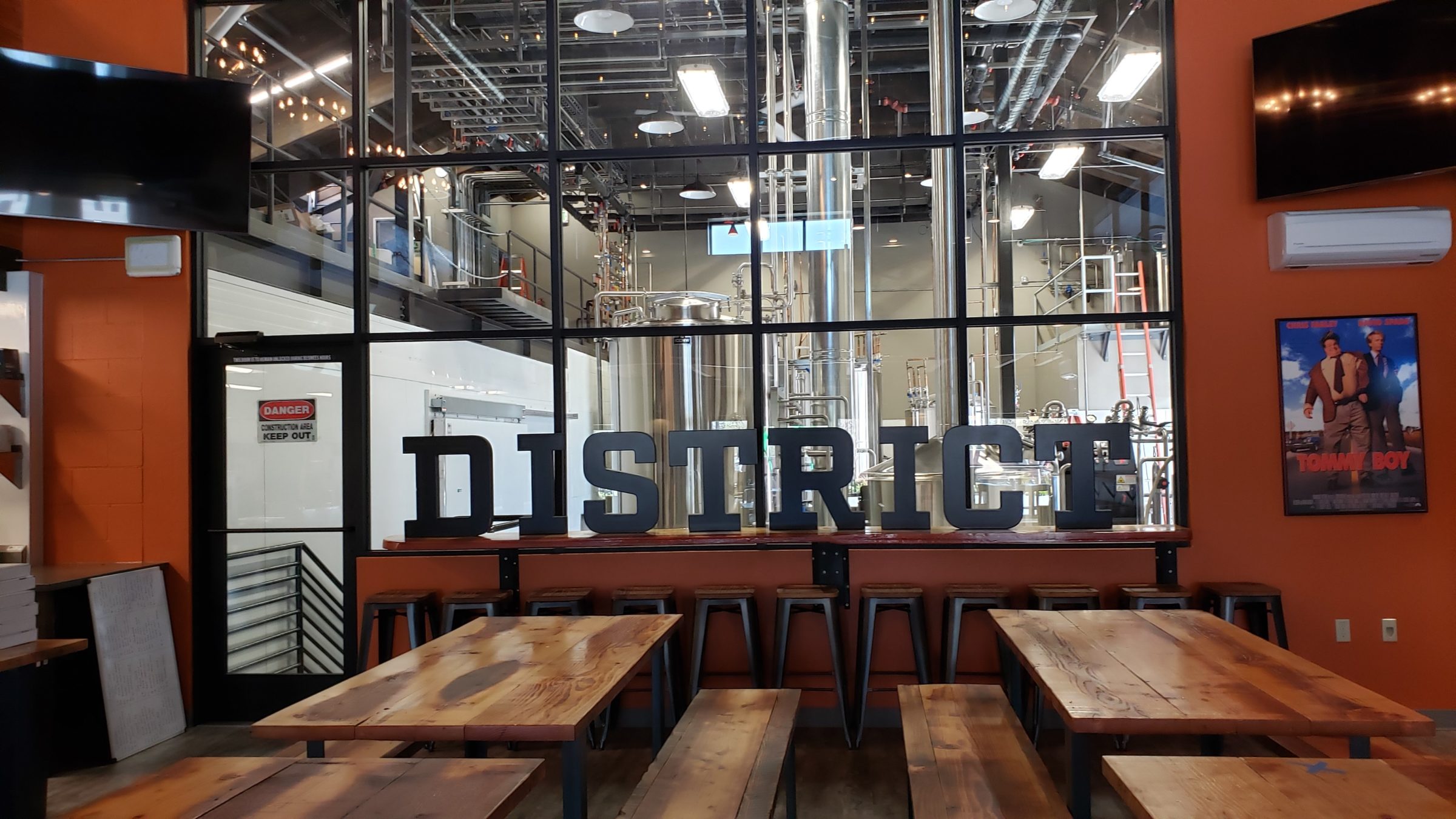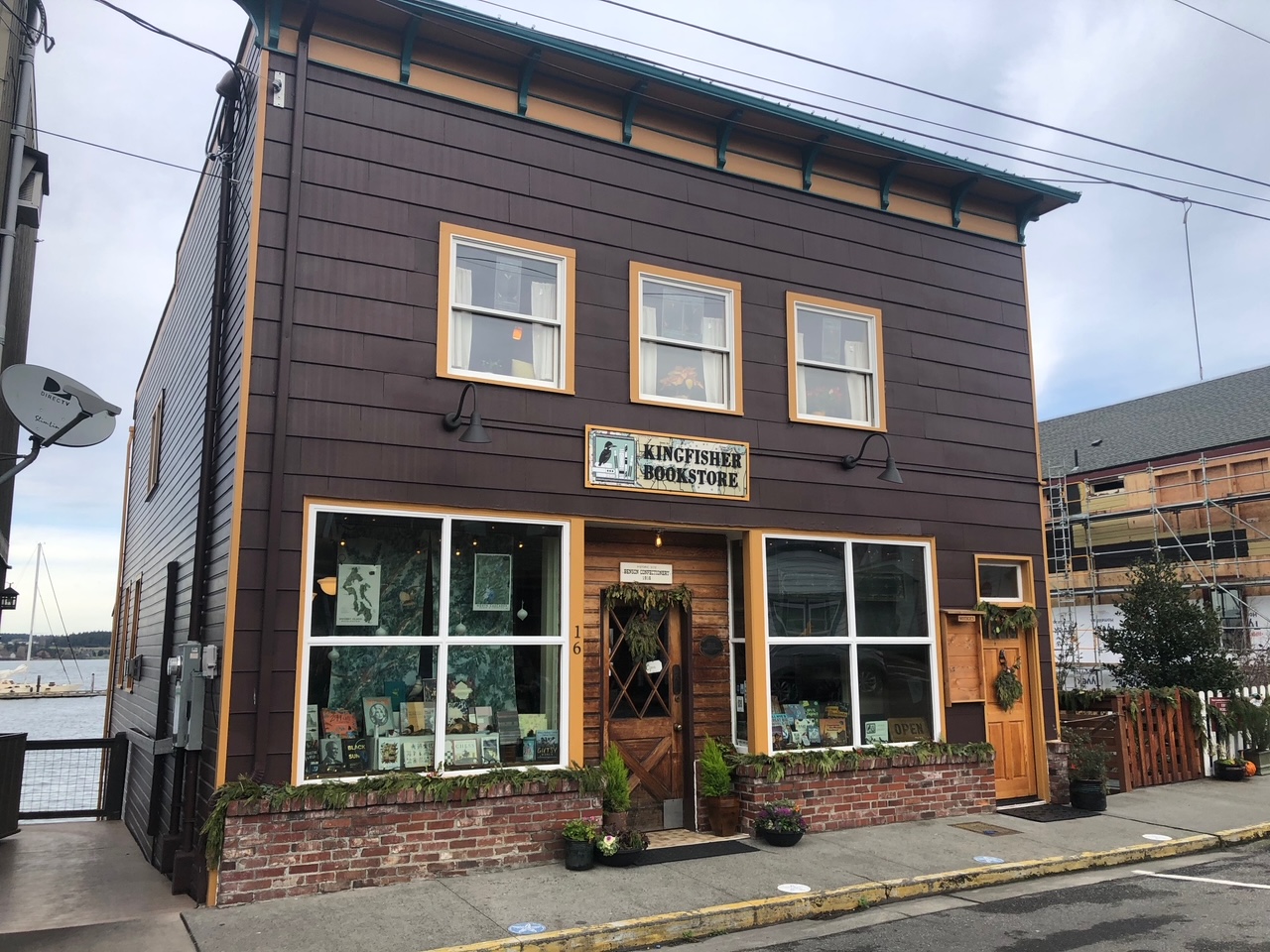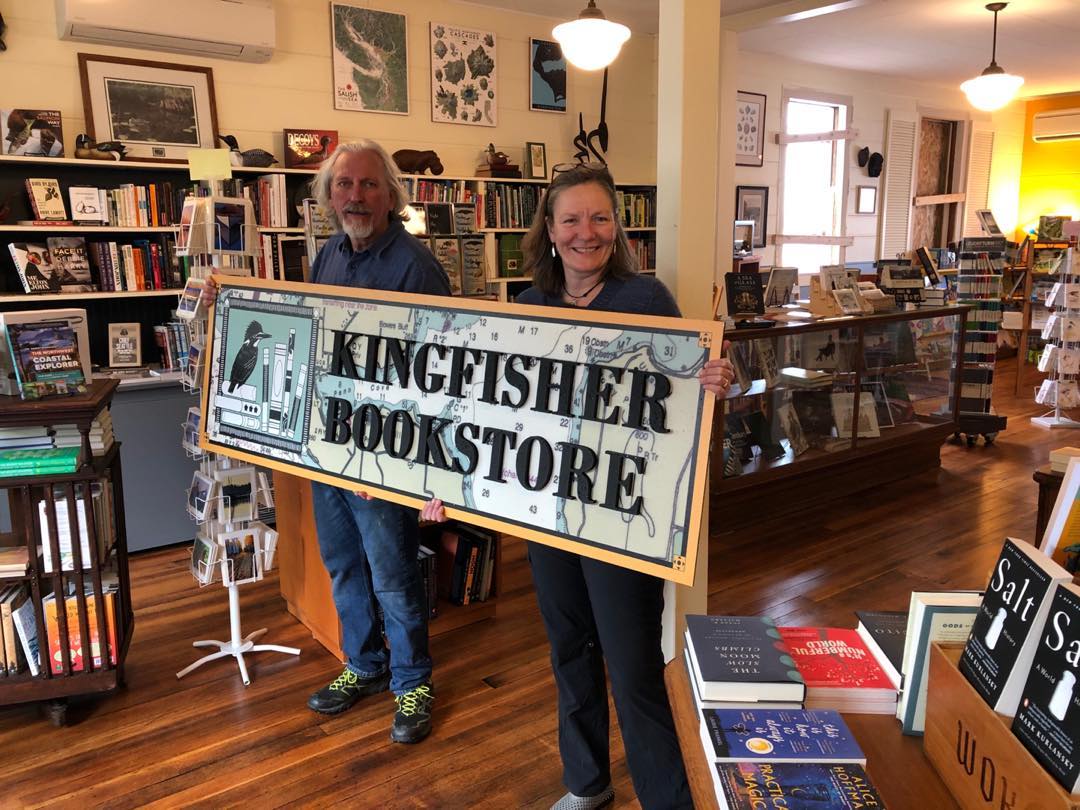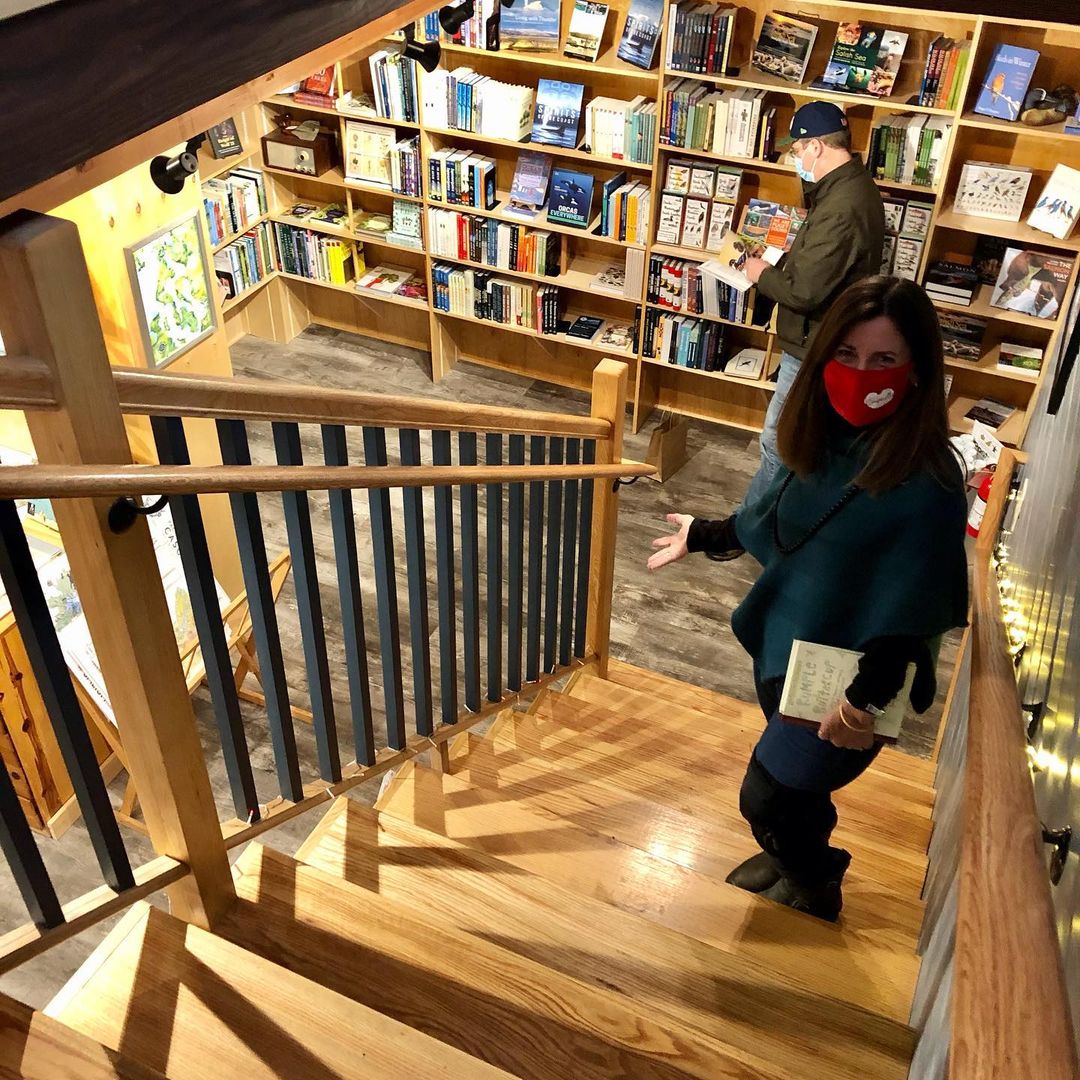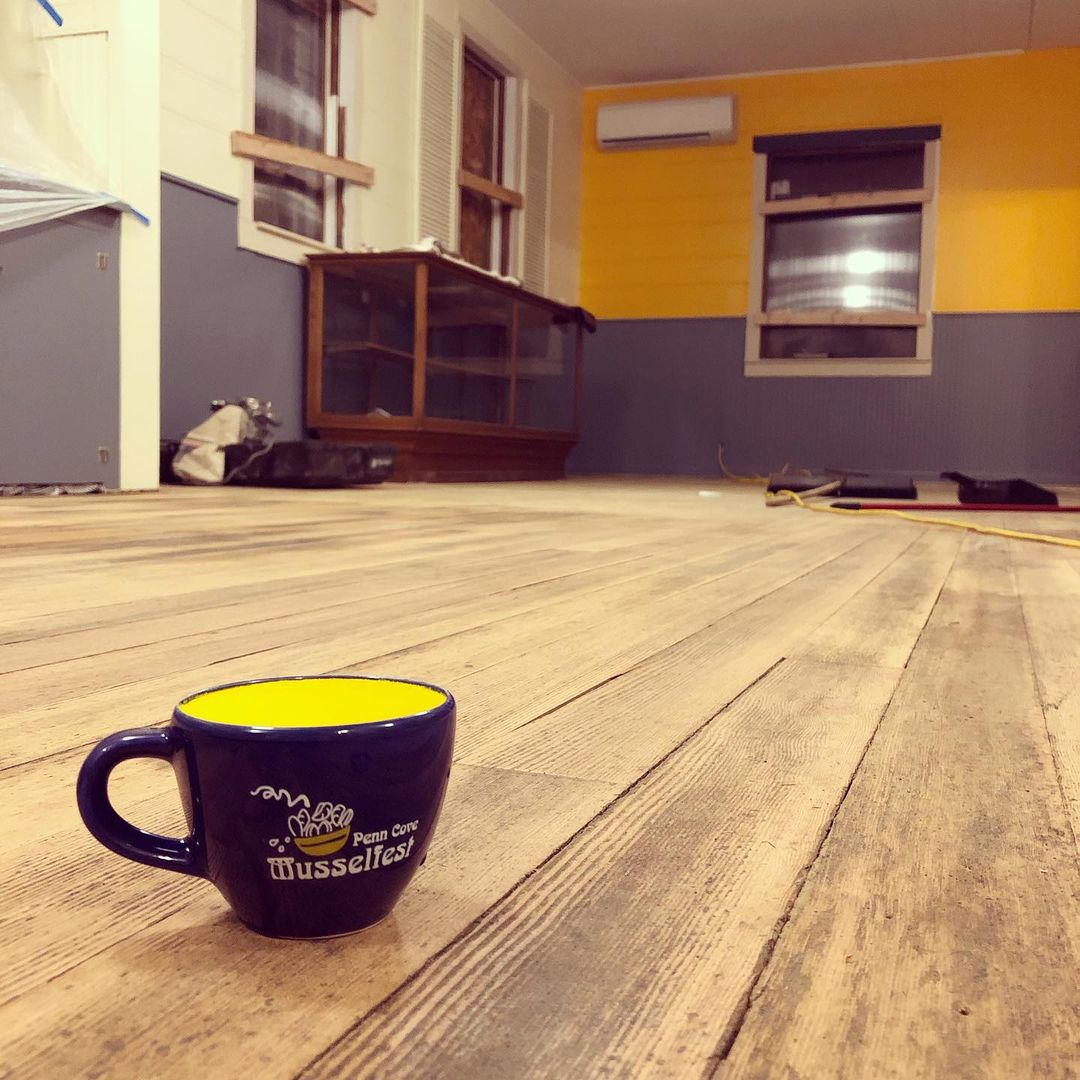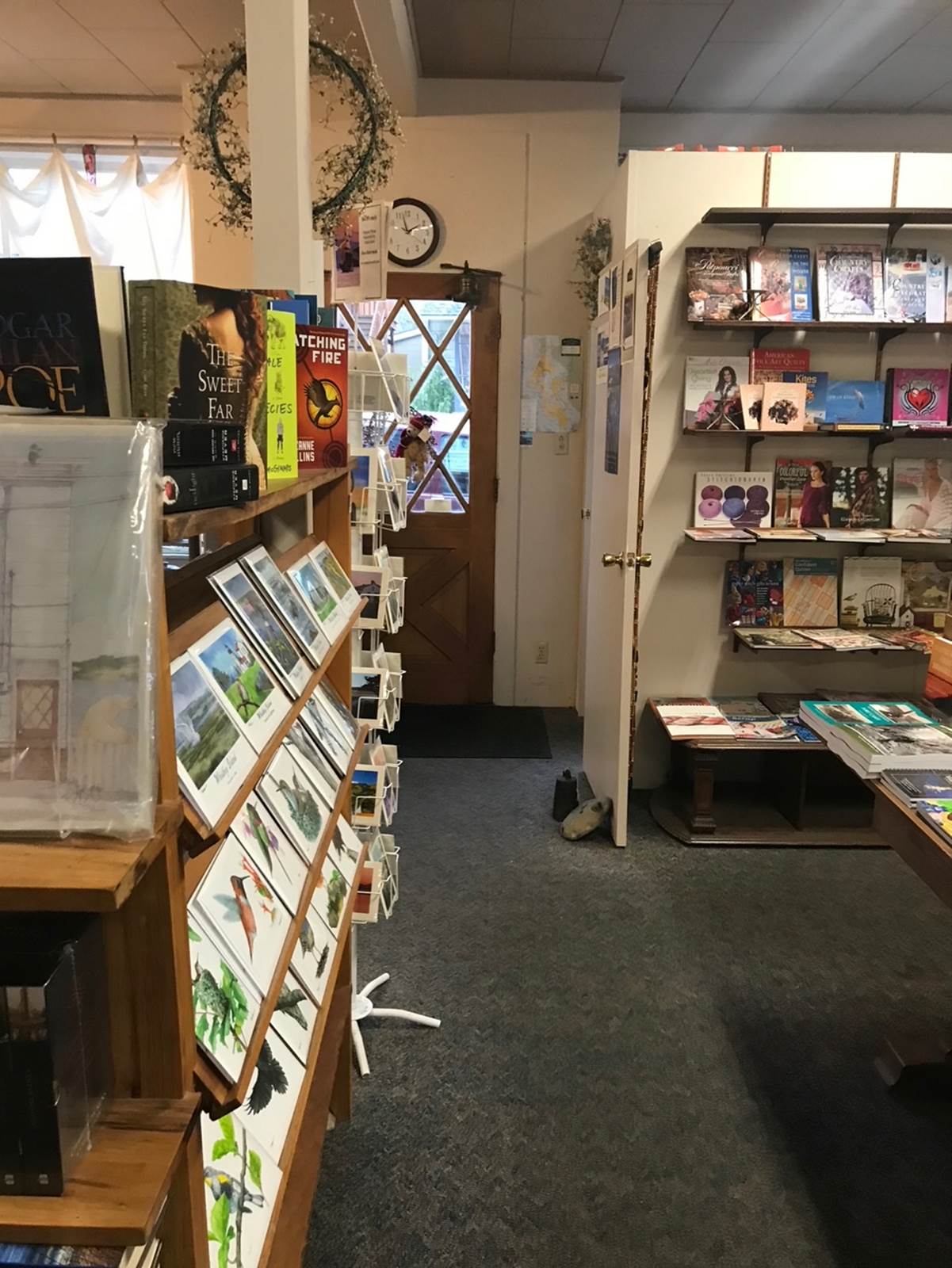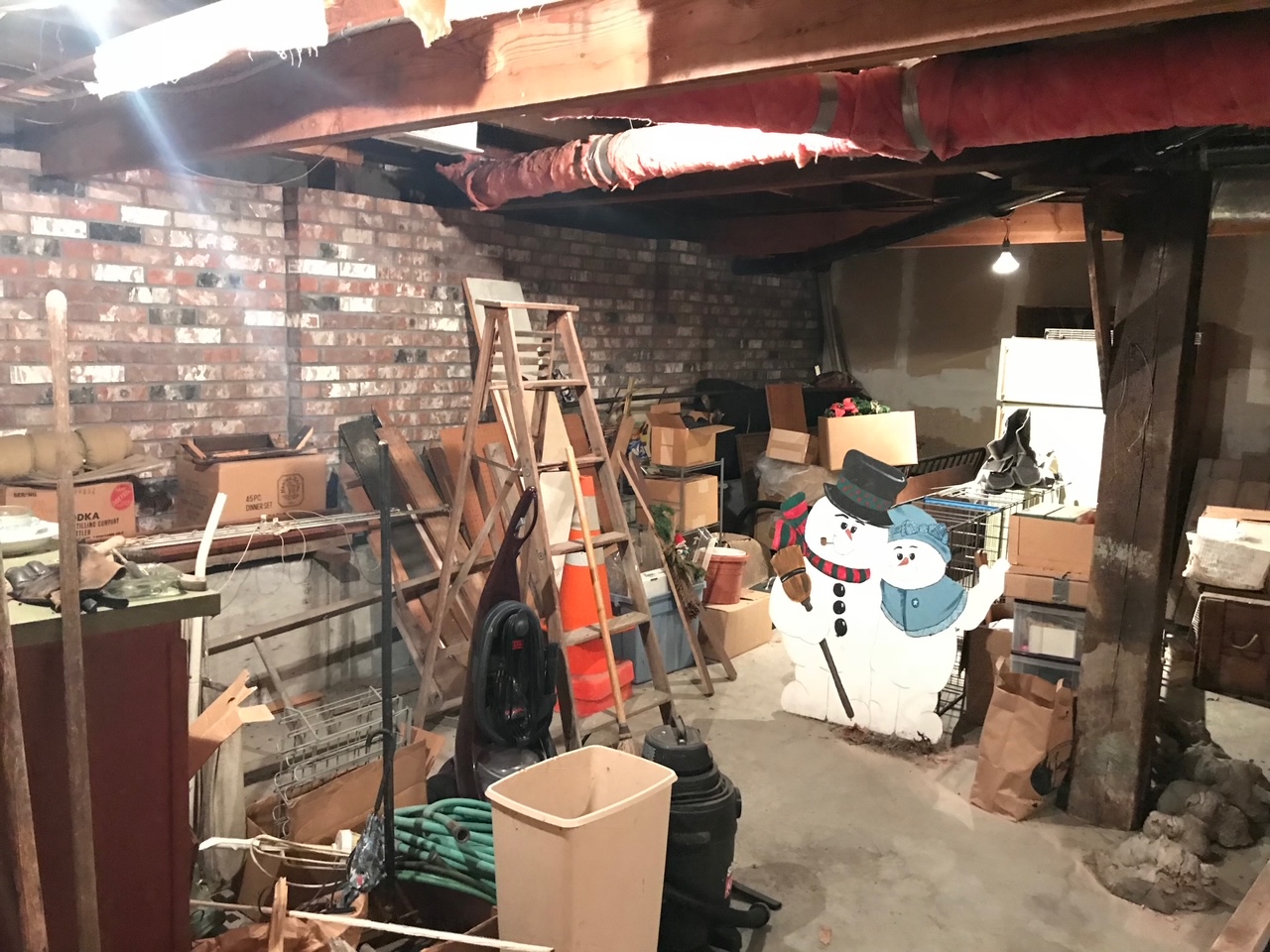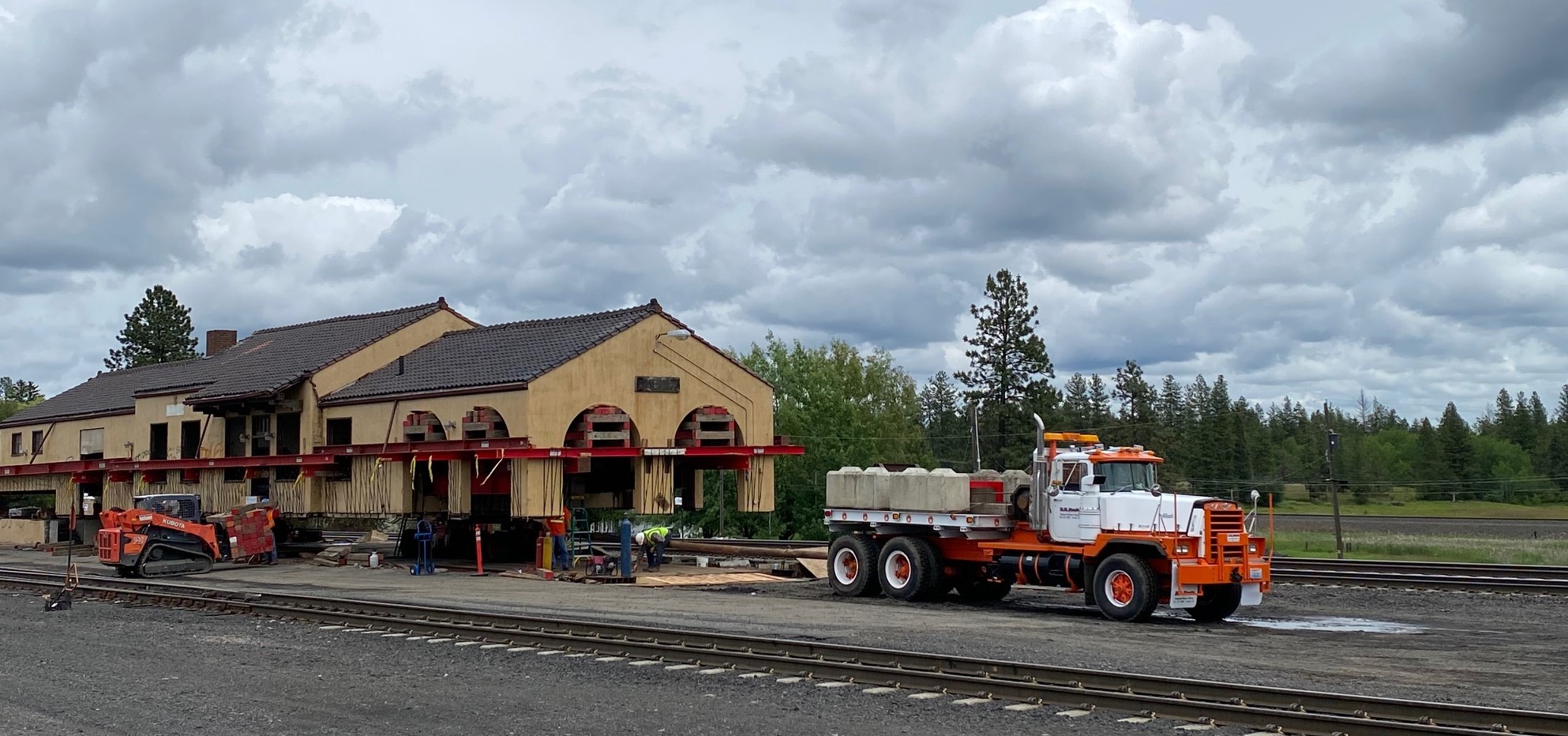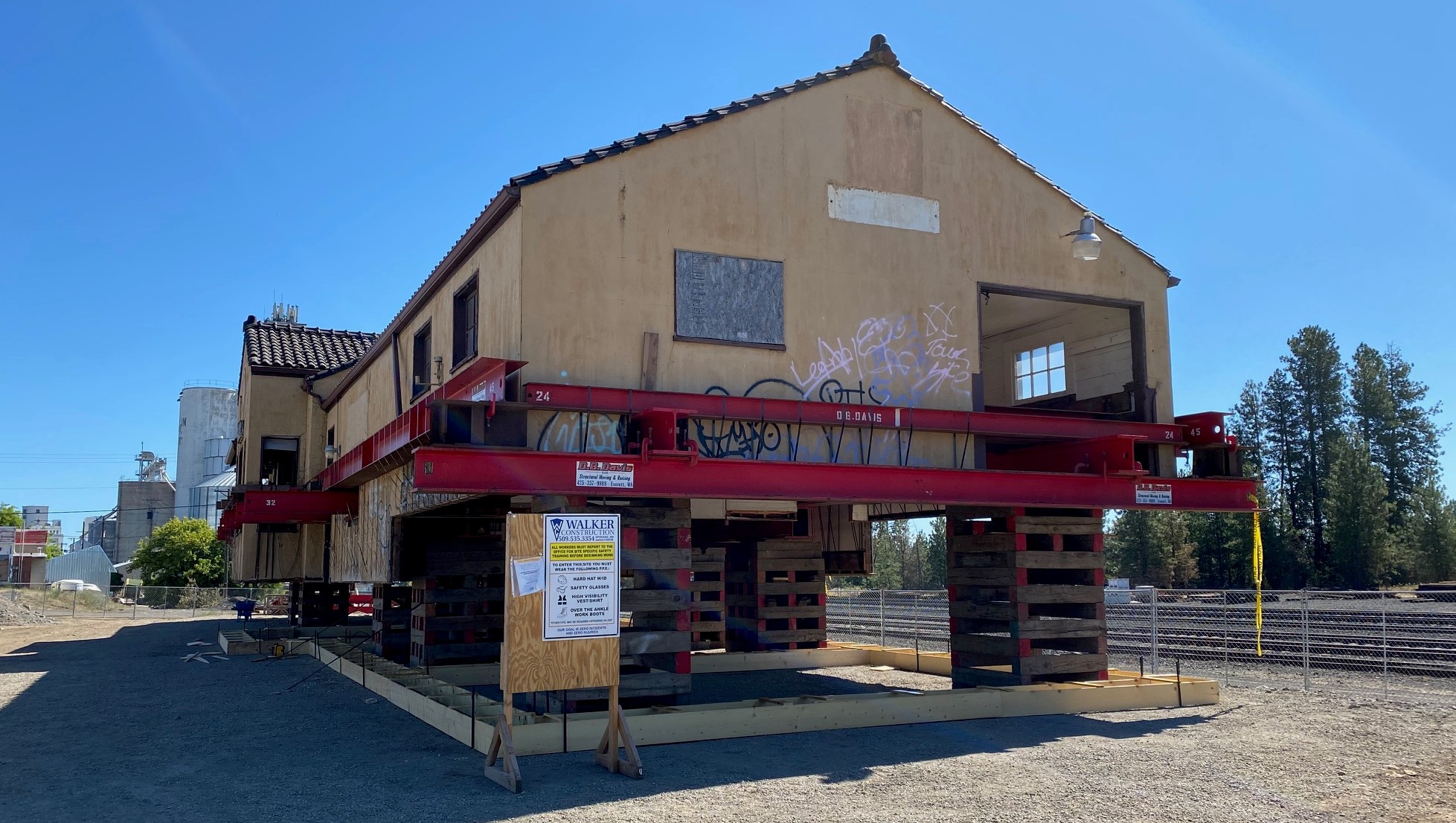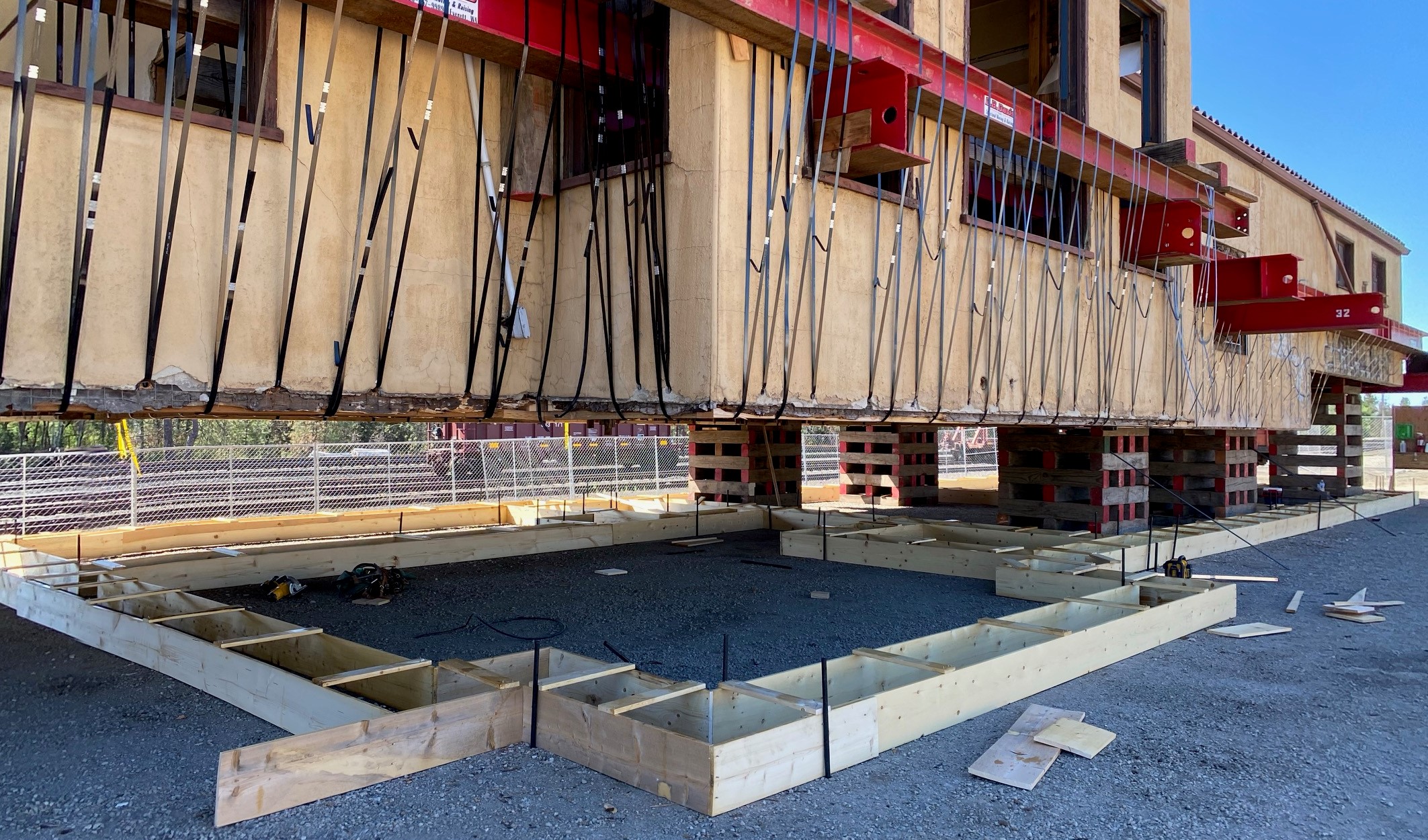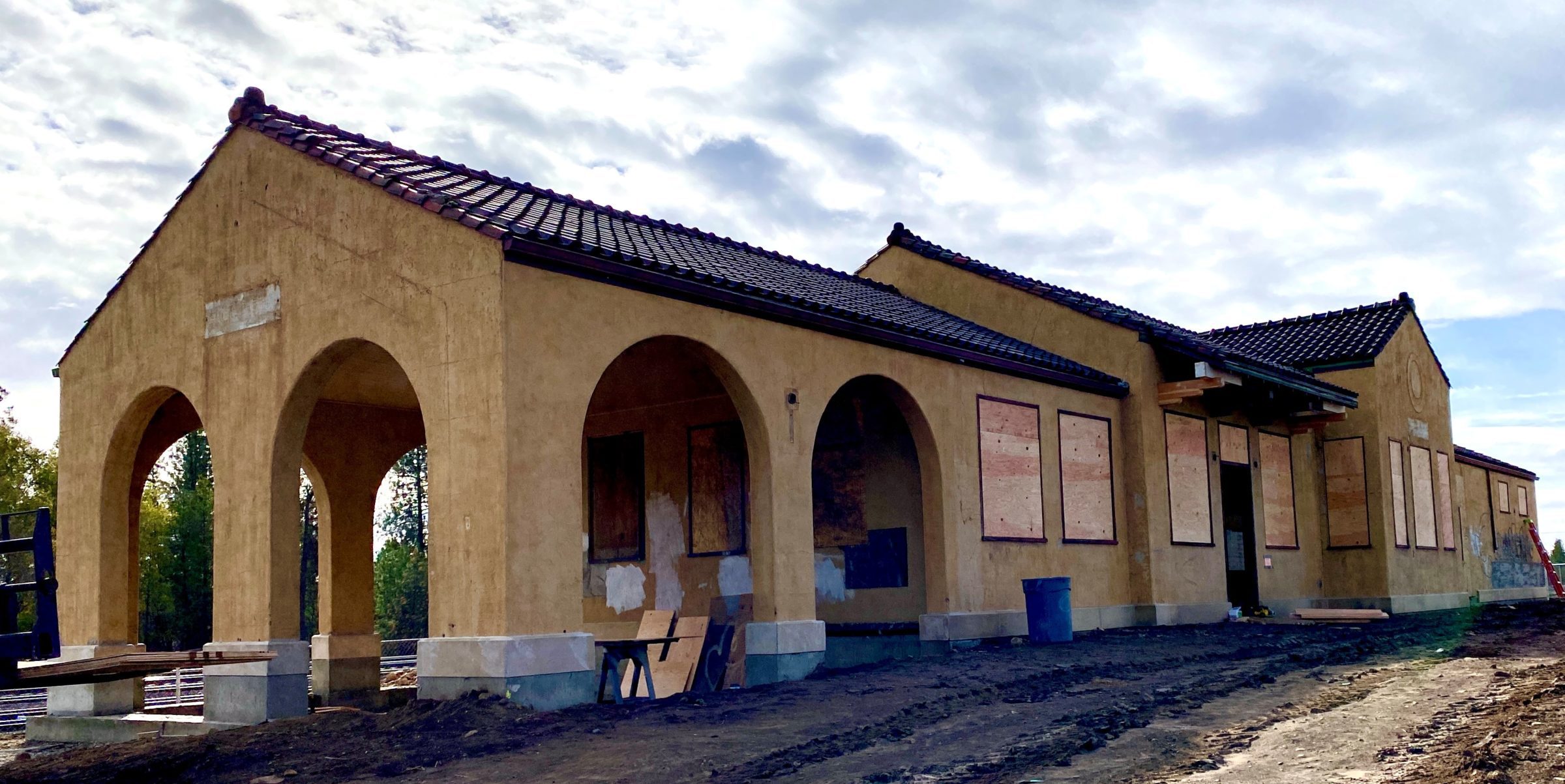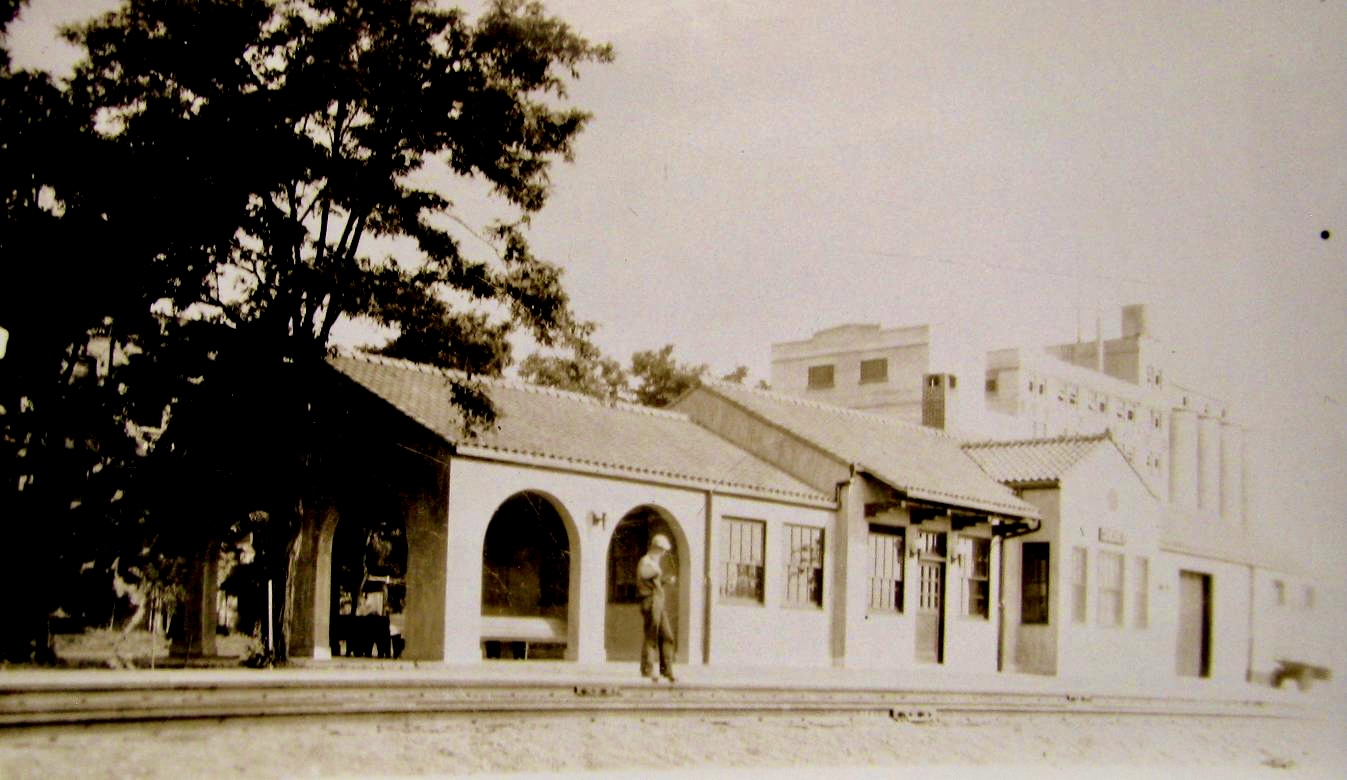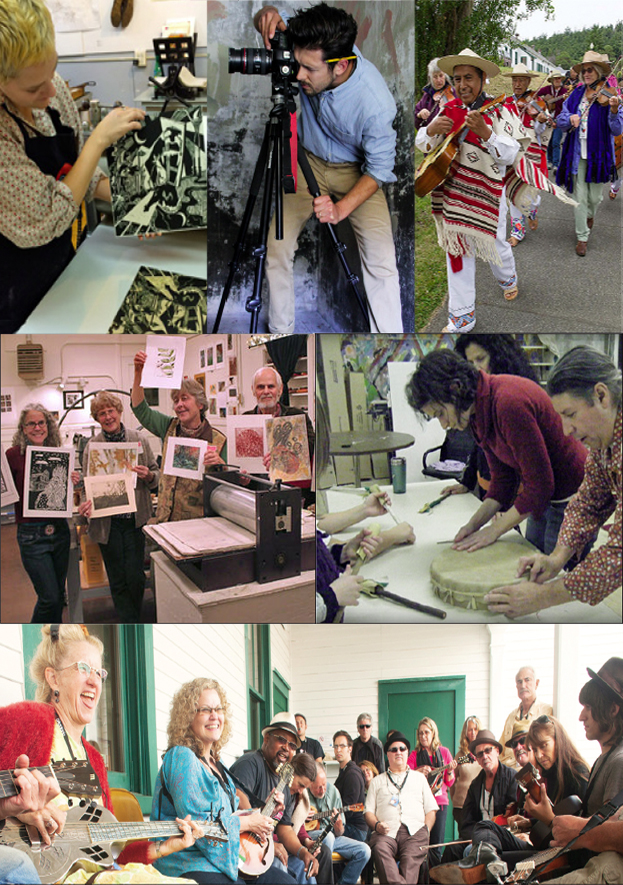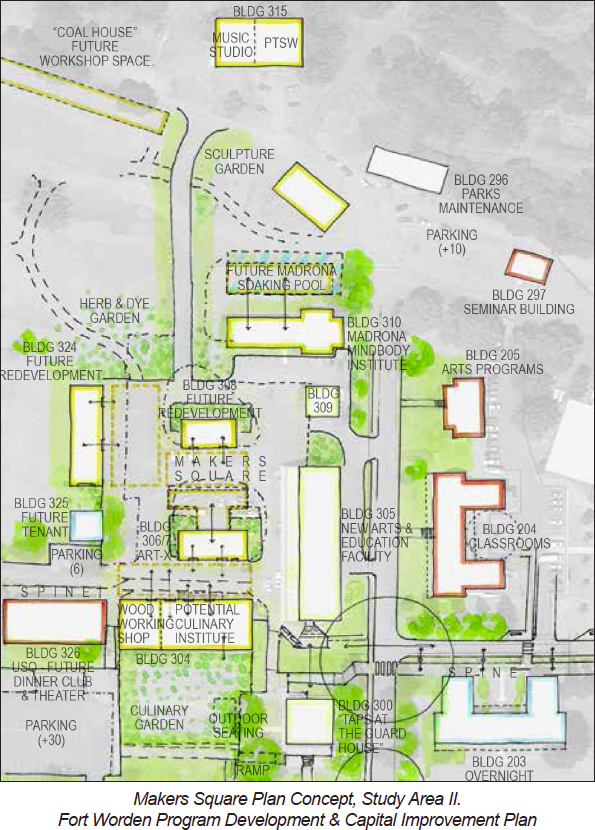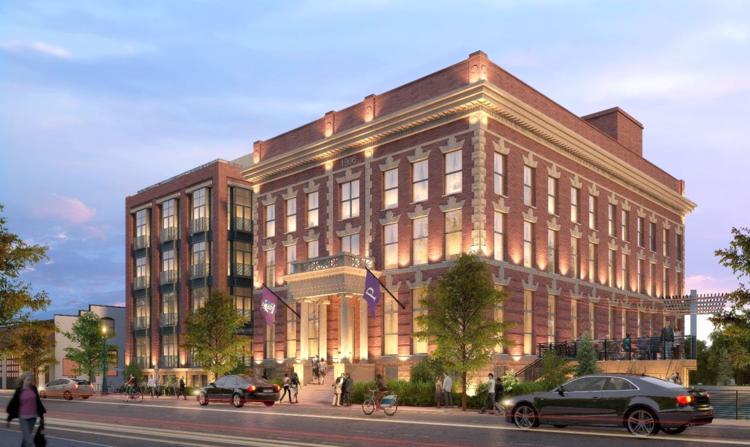Goldfinch Standard – 2020

At the beginning of each new year, we take a moment to look back at the past year to remember and celebrate some of the great preservation successes we’ve seen. This year—more than ever—we could use some positive news! And so we present to you, the Goldfinch Standard (i.e. “gold standard,” but in honor of our state bird) for 2020!
Tacoma community raises over $1 million for Holy Rosary Church
This first achievement will be familiar to many since we also highlighted it at Vintage Washington this past year! It might be hard to believe since it seems so long ago, but it was right at the beginning of 2020 that Save Tacoma’s Landmark Church hit the $1 million fundraising mark for Holy Rosary. After demolition was announced in August 2019, the community rallied, raising donations and pledges from far and wide—culminating in a successful gala event in January 2020 that put them over that $1 million mark. Since then, the decision about the fate of Holy Rosary has moved from the Seattle Archdiocese to local leadership in the Catholic Church which is beginning a multi-year evaluation of all local parishes and their assets. Save Tacoma’s Landmark Church and the Washington Trust remain dedicated for the long haul and will be there advocating for preservation of this landmark church every step of the way.
Main Street’s response to COVID-19
Local Main Street programs responded swiftly and effectively to the economic crisis caused by the pandemic. The existing relationships they had with small business owners and other partners allowed them to leverage resources and provide critical support to their communities. Their efforts included:
- Activating over 340,000 square feet of public space for commercial purposes (10,000 square feet on average per Main Street Community)
- Providing critical information and training to over 3,700 small businesses
- Directly supporting over 700 small businesses with financial resources
- Providing over 1,000 small businesses with technical assistance
- Purchasing and/or distributing over 315,000 masks or other PPE
While often overlooked by traditional economic development approaches (land use development, industry recruitment, etc.), Main Street’s approach—a people-centered approach—to building and maintaining strong local economies is exactly what our communities need most right now. We applaud the Washington Main Street network for their tireless efforts over the last year. Our communities are more resilient because of you!
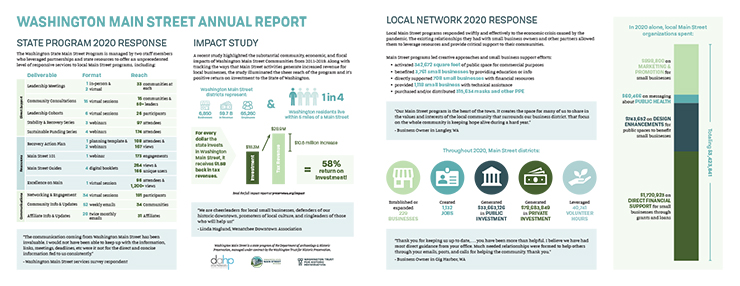
#HopeSpringsHistoric
Along with the amazing work of Washington’s Main Street communities, we saw wonderful messages of hope in communities statewide through messages on theater marquees and murals on closed storefronts. In the summer of 2020, we used the hashtag #hopespringshistoric to highlight historic buildings with a message of hope, and we loved the creativity we saw!
Historic theater in Mount Vernon revived as District Brewing
In July of 2018, Mark Shintaffer and his partners purchased the 1923 Lyric Theater Building. While it was a historic building with a prime location on the newly completed Skagit Riverwalk Plaza, some would say there was little else to recommend it. The building, which had changed hands several times over the four decades since it was last used as a movie theater, had most recently been the home of The Old Movie House Antiques. The aging building had been on and off the market for about five years prior to the sale. Many people believed the building was only good for demolition, and few people remained who remember its heyday as an entertainment venue in the community. The Mount Vernon Downtown Association (MVDA) had considered purchasing the historic building to save it and repurpose it as a community civic event space, going so far as to enter feasibility period and commission an engineering study, before stepping away for fear of the project consuming all their resources and causing “mission creep.” However, the MVDA was delighted to share their research and engineering study with Mark and even more thrilled when he and his partners purchased the building with plans to rehabilitate and re-open the space as a local craft brewery and wood-fired pizza restaurant. Approximately $4 million and 20 months later, they had essentially built a building within the building to save and seismically retrofit the original structure. The new owners had great respect and appreciation for the history of the building, carefully conserving and repurposing many of its original elements, such as having custom tables and counter tops for the restaurant handcrafted from the original theater stage and floorboards. In keeping with the movie theater history, the pizza selections and other menu items are all named after movies—both the permanent menu offerings and the daily specials.
On March 15, District Brewing held a soft opening to the public, only to be subject to the first COVID-19 closure order 24 hours later. Nothing if not nimble, they were open for takeout within days and have not looked back since, building a robust curbside pickup and delivery program that was quickly in high demand and maximizing their frontage on the public plaza for outdoor dining as soon as it was safe to do so. While their vision for their business has yet to be fully realized in their 5,500-square-foot venue, they have been embraced by a community that is grateful for a cool new/old place with amazing river views, delectable food, and delicious craft beers, brewed on-site with locally sourced grains and malts.

The Shintaffer family outside District Brewing in Mount Vernon. 
Interior of District Brewing. 
The historic Lyric Theatre, now District Brewing! 
The brew works of District Brewing.
Removal of the Middle Fork Nooksack diversion dam
In July, a diversion dam on the Nooksack River was removed, opening up 16 miles of habitat for three endangered species—Chinook salmon, steelhead trout, and bull trout—as well as several other native fish species. Originally built in 1962 by the City of Bellingham to divert drinking water, the dam was one of many small dams in Washington that have outlived their usefulness. The river holds spiritual and cultural significance to local Indian nations, including the Nooksack Indian Tribe and the Lummi Nation, and the loss of salmon caused by the dam has adversely affected many tribal ceremonies and traditions, such as the annual First Salmon ceremony. The dam removal project is estimated to boost Chinook salmon by 30% in the Nooksack, which will also benefit the Puget Sound orca population that has dwindled as salmon populations have decreased.
The project has been decades in the making and has been a huge partnership effort with primary partners including:
- American Rivers
- City of Bellingham
- Nooksack Indian Tribe
- Lummi Nation
- Washington Department of Fish and Wildlife
Funding and additional collaboration also from:
- Paul G. Allen Family Foundation
- Resources Legacy Fund
- National Oceanic and Atmospheric Administration (NOAA)
- U.S. Fish and Wildlife Service
- Puget Sound Partnership
- Recreation Conservation Office
Watch a video of the dam removal on from Swiftwater Films:
And read more about the project at the U.S. Fish and Wildlife’s story map of the project: Restoring a River of Life.
Moving the Valley Schoolhouse
Another achievement from this past July was the dramatic move of the historic schoolhouse in Valley! Led by passionate local advocate Melissa Silvio, the Valley Historical Society spent three years rallying funds to move the schoolhouse. On July 15, house movers Jeff Monroe and Don Shaw lifted the schoolhouse off its foundation, squeezed it between other buildings as they moved it down a steep access road, trucked it along a highway, and finally across the railroad tracks to its new home on the Valley Community Fairgrounds. They had to coordinate all this with utility companies, pilot cars, and an active school district operating a preschool and daycare right next door. On top of all that, Jeff and Don made this move happen safely—in the middle of a global pandemic. There’s still a lot to be done to realize the Valley Historical Society’s vision of creating a community center that will feature historical displays, local art, and space for events and meetings, but the schoolhouse now has a new location, a new foundation, and a bright future!
See the amazing aerial footage of the Valley Schoolhouse move, courtesy of the Valley Historical Society, the Save the Little White Schoolhouse Project, and ATLAS Aerial Solutions:
And there’s even more project footage on the Facebook page!
Kingfisher Bookstore reopens in Coupeville
When Meg and Brad Olson bought Coupeville’s Kingfisher Bookstore in summer of 2018, it was infrequently open with its display windows rented to other businesses. For the past three years, they have worked to bring the building back to life starting with a flurry of exterior work including replacing siding, rebuilding the side porch, replacing windows, and adding new lighting and signage. Inside, they removed old carpet and restored the original fir flooring, which has some tales to tell! There is a circle of burn marks where the cigar counter was when the building was a confectionery and dark circles where the wash buckets were behind the lunch counter before the building had plumbing. The owners also retained and repaired the cabinets and wainscoting that were put in when the building was a liquor store and replaced fluorescent lights with more period-appropriate milk-glass library fixtures. They upgraded building systems like wiring, plumbing, and heating and with support from the Ebey’s Forever Grants and Coupeville Historic Waterfront Association Façade and Preservation Grants, they were also able to do roof work and restore all the remaining original wood windows in the building.
Later in 2020 the owners built a staircase to expand the store to the lower level, making the previously junk-filled space an extension of the store. Its centerpiece is the restored cargo door opening directly out onto Penn Cove where shopkeepers would throw out a plank to unload boats at low tide. Kingfisher is now officially reopened, cautiously working around COVID-19 regulations, and is a hub for a community of readers, featuring the work of a growing list of local authors and artists.
Moving the Cheney Depot
Cheney’s unique Spanish-style railroad depot was built by the Northern Pacific Railroad in 1929 and was used for passenger and freight service until 1973. The depot was declared surplus by Burlington Northern Santa Fe Railway (BNSF) in 2014 and slated for demolition. Community members rallied to save the building with a campaign to “SOS: Save Our Station!” With broad community support behind the project, BNSF agreed to delays that would give advocates time to find alternatives to demolition and also agreed to donate the depot to the newly formed Cheney Depot Society if they would remove it from their property. A benefactor stepped forward and offered to match private donations up to $500,000, and a local developer donated three city lots near downtown Cheney, adjacent to a National Register Historic District. In 2018, the project was awarded a Heritage Capital Projects grant, which provided further crucial funding. In June this past year, the depot was finally raised onto dollies and relocated from railroad property approximately 1,500 feet to its new home at the south end of Cheney’s downtown historic district. Then a new foundation was constructed while the depot remained suspended on cribbing, and the depot was finally lowered onto its new foundation in September. Additional repairs to the building exterior were also completed with the original roof tiles removed, deteriorated roof sheathing repaired, and the original tiles reinstalled. The depot’s next life will showcase local and regional history through permanent and rotating displays in cooperation with existing local history organizations, and a commercial tenant will be sought to attract additional traffic and help make the depot operation sustainable.
For more information and more great photos, visit the Cheney Depot website or their Facebook page!
Lunar Roving Vehicles listed on the Washington Heritage Register
In October, the Washington Heritage Register added a unique resource to its ranks: Lunar Roving Vehicles (LRV) I, II, and III—which are still parked on the moon—used in Apollo Missions 15, 16, and 17. The LRVs, commonly known as lunar rovers or Moon buggies, were built at the Boeing Space Center in Kent and assisted astronauts in exploring the Moon’s surface in 1971 and 1972. Kent Mayor Dana Ralph said that the rovers give the city a sense of “immense pride for our community and show the innovation that went on and continues in Kent.” The vehicles are situated on the visible side of the Moon, an average of 238,855 miles away from Earth: Rover 1 is situated near the Apollo 15 landing site on the plains of Palus Putredinis, Rover 2 is located in the Descartes Highlands near the Apollo 16 landing site on the Cayley Plains, and Rover 3 resides near the Apollo 17 landing site in the Taurus-Littrow Highlands. Lunar module pilot Harrison Schmitt, the only scientist to have explored the Moon’s surface, said, “The lunar rover proved to be the reliable, safe, and flexible lunar exploration vehicle we expected it to be. Without it, the major scientific discoveries of Apollo 15, 16, and 17 would not have been possible, and our current understanding of lunar evolution would not have been possible.”
Take a virtual ride on the Apollo 16 lunar rover:
Read more in the Washington Heritage Register nomination form where their address is listed as “on the lunar surface.”
DAHP receives Paul Bruhn Grant for Third Places
This year, the Department of Archaeology and Historic Preservation received one out of eight nationwide Paul Bruhn Historic Revitalization Grants from the National Park Service to start a Third Places Fund, and the Washington Trust has been selected to manage it. This grant will bring much-needed support to community spaces in rural communities across the state with grants of up to $75,000 for building improvements. A “Third Place” is a physical location which strengthens social connections, builds community, promotes informal gathering, and contributes to the local economic “ecosystem.” This includes but is not limited to historic theaters, community centers, churches, libraries, museums, retail establishments, cafes/restaurants, bars, salons/barber shops, etc.
We are planning to release the application soon, but in the meantime, sign up to receive email alerts by selecting “Third Places Fund” from the list!
Puyallup Tribal Lushootseed land acknowledgement video
An indigenous land acknowledgement is a statement that recognizes the indigenous peoples who have been dispossessed from the homelands which an organization or institution currently occupies and operates from. In October of this year, in response to numerous requests the Puyallup Tribe has received for land acknowledgements, the Puyallup Tribal Language Program released a video designed to be shared in classrooms and work spaces. The video is effective and powerful, featuring Puyallup Tribe members Charlotte Basch, Chris Briden, Chris Duenas, and Amber Hayward with Twulshootseed translation by Zalmai Zahir.
Makers Square at Fort Worden
In 2017, the Fort Worden Public Development Authority announced a concept for a new neighborhood on their historic campus in response to a growing demand for flexible space: Makers Square. The idea was catalyzed by the planned vacancy of Building 305, which had been used for many years by Fort Worden State Park for site operations and maintenance. Combined with several other nearby historic buildings which had been vacant or underutilized, the idea coalesced around transforming this “quad” of historic, underutilized assets into flexible classrooms, galleries, studios, and workspaces. The neighborhood is envisioned as a 21st-century showcase for creative community building and placemaking, building on the Fort’s rich history as a center for creative work of all kinds. Makers Square offers nonprofits, entrepreneurs, and artists space to produce and expand programming, grow creative businesses, celebrate innovation, and draw inspiration from Fort Worden’s historic setting. Their goal is to have a year-round community of makers that adds to the vibrancy of Fort Worden’s existing programming, creates an intriguing destination for locals and visitors, and supports the Fort’s mission of lifelong learning.
Despite a huge income shortfall over the summer months during which Fort Worden was closed to the public, Makers Square construction was able to proceed during COVID-19. The project is nearing completion and hopes to have their certificate of occupancy next month. It has been a $13 million project in total with $1.4 million in financing coming from historic tax credits and over $6.2 million from private donations. This final push toward construction completion in 2020—despite a global pandemic—is a huge accomplishment!
The Washington Trust’s new historic preservation easement program
Just at the end of the year, the Washington Trust was thrilled to establish an easement program—a longtime goal that was just waiting for the right property to kick it off. This year, the opportunity came through the old YMCA building in Walla Walla which is slated for rehabilitation as the Penrose Hotel. When a property owner grants or donates an easement, they essentially enter into a legal agreement in which any proposed alterations (like changes to a building’s façade, the rehabilitation of an interior space, additions to existing buildings, or new construction added to the site) must meet historic standards and be approved by the easement holder. In exchange, the property owner can claim a tax benefit for “lost” development potential, for instance tearing down a historic building to build something taller. We are so excited to continue to build a strong working relationship with the property owners, perform ongoing monitoring, and provide more public education about the benefits of preservation easements.



